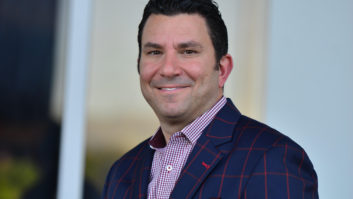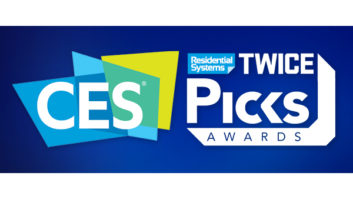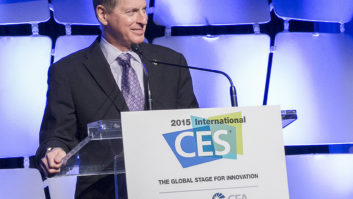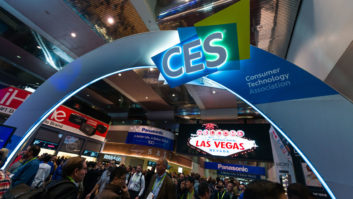
Moving The Industry Forward
2015 will be a year of intense experimentation in new value propositions for advanced technologies and services. Multiple sectors within the connected home are facing new competition and an increased emphasis on differentiation strategies and expanded offerings. Each area presents its own unique challenges and value propositions.
Ultimately, the dominant leaders in these categories will be the companies that leverage consumer demand and expectations to provide a personalized and valuable user experience.
State of the Markets: 2015 and Beyond
While broadband penetration growth has slowed in mature markets in North America, Western Europe and Asia, high competition is driving an industry push to ever-faster service tiers. Pay TV is experiencing a similar pattern in global growth — fast-paced adoption in emerging markets and heightened competition in developed markets.
For the past few years, non-linear video has claimed larger percentages of consumer viewing hours. The video content market is seeing a fundamental shift in how viewers watch programming, requiring a new definition of what is called “television.”
Streaming is now a feature on almost every connectable device, including smart TVs, smart Blu-ray players, gaming consoles and microconsoles, tablets and smartphones. Pay-TV operators are evaluating entry into the over-the-top (OTT) streaming market, which will increase the competition for OTT streaming viewers.
Safety and security are still the leading value propositions for smart devices. Energy-management features are seen as a value-added benefit of smart devices such as thermostats and lights, while convenience and control remain the leading use cases.
Consumers are becoming more aware of smart devices that help them manage their home’s electricity usage. Highly differentiated smart products are capturing a significant slice of the overall market — 42 percent of broadband households that are likely to purchase a smart thermostat are willing to pay a premium for a thermostat with advanced features.
Consumers view energy-management services as interesting and even desirable, but when bundled together, these value-add services become attractive enough that a significant percentage of consumers are willing to pay for a package of services.
As consumers adopt more smart devices, interoperability of the devices becomes more important. Nearly two-thirds of devices purchased in 2014 were part of a home controls or security system.
Approximately 70 percent of smart device owners are concerned about unauthorized access to their home control devices as well as to the data generated by these devices.
As a result of the entry of consumer technology brands into the tech support market, the industry has grown significantly over the past five years. For many of these brands, providing comprehensive technical support is a means of strengthening customer relationships in the face of intense competition and a rapidly evolving technology environment.
Prospects for the global connected health industry have brightened. Strategic and tactical changes within the industry have gradually made an impact and fostered creation of new services and care models. Although each country may have a different growth path and its own set of unique challenges, all are experimenting with collaborative approaches among the government/insurers, the care providers and technology partners.
32 percent of U.S. mobile subscribers prefer buying a smartphone at a discounted price and paying a higher monthly service fee with a two-year contract; 68 percent of mobile subscribers prefer buying a smartphone at full price and paying a lower monthly service fee and having no contract.
The mobile sector is entering an era where the smartphone is a consumer’s constant companion with a role deeply integrated in their digital life and offering an endless supply of apps to accomplish almost any conceivable task. However, in this era of app-defined digital life, operators are still trying to figure out their roles.
Stuart Sikes is the president of Parks Associates, a market research firm specializing in consumer adoption of technology products and services.










